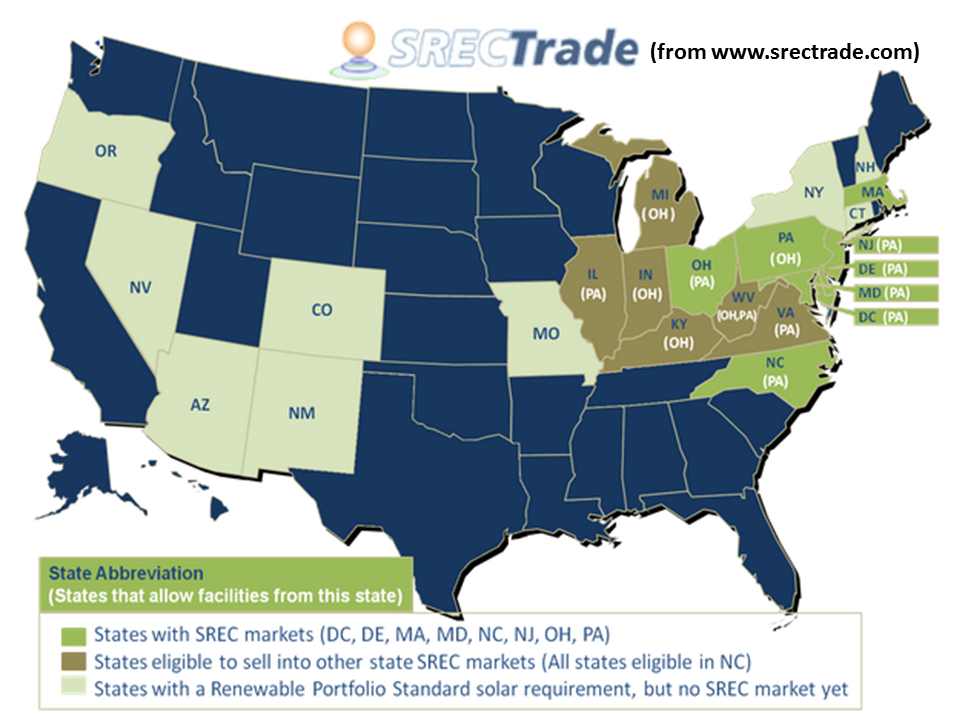Japan’s economic crisis is a cautionary tale for the United States The Washington Post
Post on: 15 Август, 2015 No Comment

S ince the financial crisis, a shadow has hovered over the U.S. economy: Japan. Could what happened there happen to us? The issue transcends last year’s earthquake. The bursting of Japan’s real estate and stock bubble in the early 1990s has had lasting consequences: a “lost decade” (actually, two) of meager growth and weak job markets. Though hardly a depression, Japan’s prosperity has been partial and unsatisfying, enjoyed by some and missed by others.
Let it be said that some economists now think Japan could break from this dismal pattern. Here is John Makin of the American Enterprise Institute in a recent commentary. “After many years of false starts, the Japanese economy may finally be set to boom — or at least to enter a period of sustained growth with a sharply rising stock market.” At about 9,900, Japan’s Nikkei stock index is about a quarter of its historical high of 39,915.87 in 1989.
Robert J. Samuelson writes a weekly column on economics. View Archive
Makin’s optimism stems from the recent decision by the Bank of Japan (the BOJ is Japan’s Federal Reserve) to ease credit until inflation, now virtually nonexistent. reaches 1 percent. If successful, the BOJ would end periodic bouts of deflation — falling prices — that, Makin and other economists contend, hobbled the economy. Falling prices cause people to postpone purchases, expecting items to become cheaper. Deflation also deters borrowing, because debts have to be repaid in more expensive currency.
The BOJ’s decision, made Feb. 14, might reverse these trends. To generate higher inflation, the BOJ would inject money into the economy. Some extra cash would go into consumer spending; some would go into the stock market. Lastly, higher inflation could cause the yen to depreciate, reviving exports by making them cheaper. Combined with rebuilding after last year’s devastating earthquake, all this would revive the economy. That’s the theory.
Japan’s experience has relevance for America’s tepid recovery. How much can fiscal policy (government budget policy) and monetary policy (interest rates, credit conditions) compensate for underlying structural problems? Since the early 1990s, Japan has run loose monetary policies and large budget deficits. They haven’t fully resuscitated the economy. Some economists argue that these policies were always too little, too late; others contend that there are limits to what textbook economic policies can do.
“Japan has a political system that looks disturbingly like the United States’,” says economist Marcus Noland of the Peterson Institute. “The elected political elites seem unable to formulate compromises that redound (positively) on the economy.” He cites lagging reconstruction of the Tohoku region that was hit by the earthquake.
Japan faces three major structural problems — and, interestingly, there’s an American counterpart for each.
First, the country’s basic economic model is broken. That model was export-led growth. It worked well until the mid-1980s when the yen’s rising value made exports much more expensive. Japan has yet to create an adequate substitute. The U.S. counterpart is consumption-led economic growth. From the 1980s to 2007, Americans went on a shopping spree; they skimped on saving and borrowed against rising home values and stock portfolios. The loss of much of that wealth has now dampened consumer spending. It’s unclear whether a new engine of growth will emerge — and what it might be.
Japan’s second problem is an aging and falling population. Already, nearly one out of four Japanese is 65 or older; the birth rate of 1.4 (meaning 1.4 children for each Japanese woman) is well below the replacement rate of about 2. This weakens the domestic market and raises government spending on the elderly. The United States has a similar problem, though milder. By 2025, the 65-and-over population is projected at 18 percent of the total. up from 13 percent in 2010.
Finally, both Japan and the United States have huge government debts — reflecting slow growth, aging populations and “stimulus” programs. In Japan, gross government debt exceeds 200 percent of the economy (gross domestic product); the comparable U.S. figure is about half that. So far, both governments have borrowed easily. Japanese investors seem willing to hold government bonds; global investors trust U.S. Treasuries. But both governments someday face a reckoning of reducing spending, raising taxes or both.
For Americans, the lesson from Japan is that the loss of economic dynamism changed both the nature of its prosperity and the national condition. Younger workers face fewer good opportunities ; often they are shunted into low-paying, temporary jobs. This is surely one factor (but only one) in the low birth rate. Political leaders find it harder to make tough decisions in a weak economy, and their indecision contributes to the economy’s weakness. It happened to them. It could happen to us — and maybe already is.
Read more about Japan at PostOpinions:














